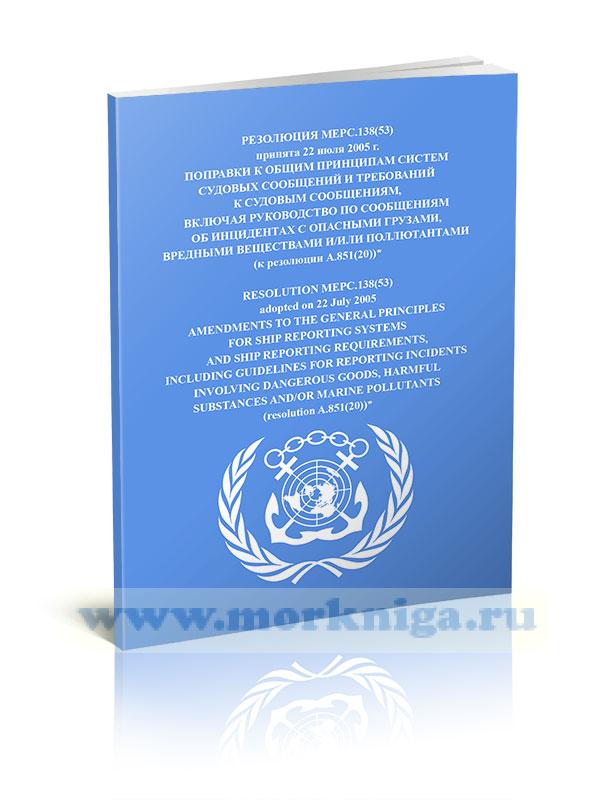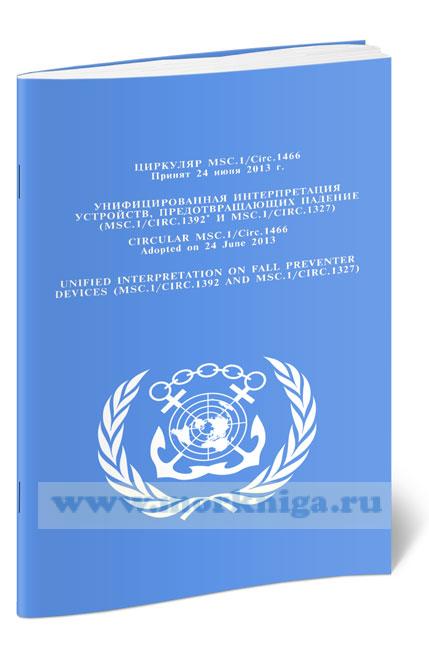Guidelines for the control and management of ship`s biofouling to minimize the transfer of invasive aquatic species
Издание на английском языке
The introduction of harmful aquatic organisms to new environments by ships has been identified as a major threat to the world's oceans and to the conservation of biodiversity. Biofouling, described as the undesirable accumulation of microorganisms, plants, algae and animals on submerged structures (especially ships' hulls), is considered one of the main vectors for bioinvasions.
These Guidelines for the control and management of ships' biofouling to minimize the transfer of invasive aquatic species are intended to provide a globally consistent approach to the management of biofouling. They were adopted by the Marine Environment Protection Committee of the International Maritime Organization at its sixty-second session, from 11 to 15 July 2011, in the form of resolution MEPC.207(62) and are the result of three years of consultation between IMO Member States. The Guidelines represent a decisive step towards regulating the transfer of aquatic invasive species by ships.
As scientific and technological advances are made, the Guidelines will be refined to enable the risk to be more adequately addressed. Port States, flag States, coastal States and other parties that can assist in mitigating the problems associated with biofouling should exercise due diligence to implement the Guidelines to the maximum extent possible. Implementing practices to control and manage biofouling can greatly assist in reducing the risk of transfer of invasive aquatic species. Such management practices can improve a ship's hydrodynamic performance and can be effective tools in enhancing energy efficiency and reducing air emissions from ships.
Contents
Foreword
Resolution МЕРС.207(62)Guidelines for the control and management of ships' biofouling to minimize the transfer of invasive aquatic species
1 Introduction
2 Definitions
3 Application
4 Objectives
5 Biofouling management plan and record book
6 Anti-fouling system installation and maintenance
7 In-water inspection, cleaning and maintenance
8 Design and construction
9 Dissemination of information
10 Training and education
11 Other measures
12 Future work
Appendix 1 Format and content of Biofouling Management Plan
Appendix 2 Form of Biofouling Record Book


 Резолюция МЕРС.138(53) Поправки к общим принципам систем судовых сообщений и требований к судовым сообщениям, включая руководство по сообщ
Резолюция МЕРС.138(53) Поправки к общим принципам систем судовых сообщений и требований к судовым сообщениям, включая руководство по сообщ  Циркуляр MSC.1.Circ.1466. Унифицированная интерпретация устройств, предотвращающих падение (MSC.1.Circ.1392 и MSC. 1.Circ. 1327)
Циркуляр MSC.1.Circ.1466. Унифицированная интерпретация устройств, предотвращающих падение (MSC.1.Circ.1392 и MSC. 1.Circ. 1327)